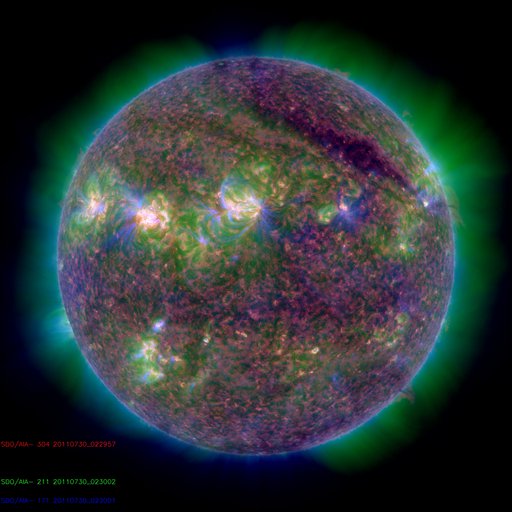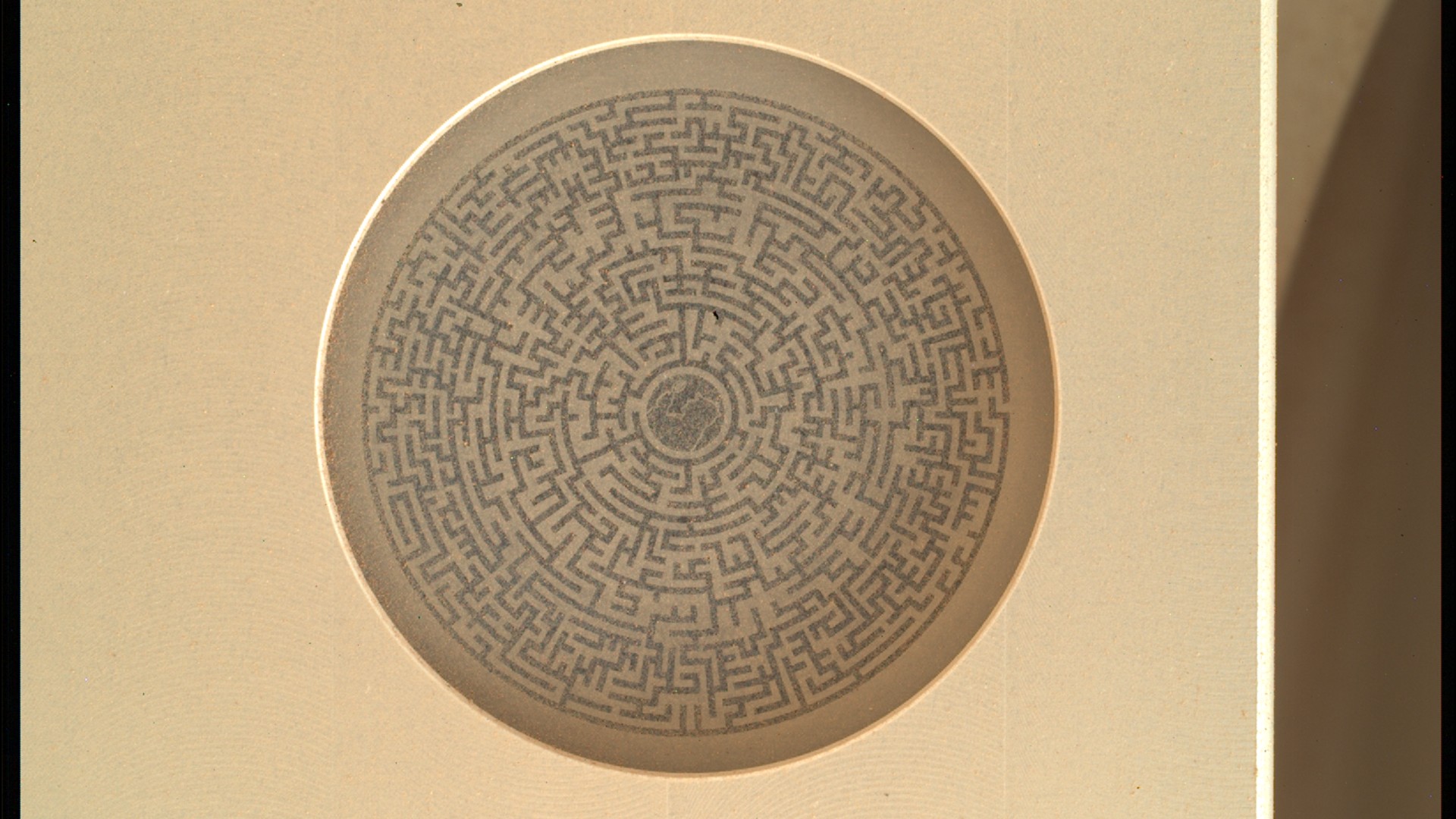Solar Flare May Spark Dazzling Northern Lights Displays Friday

Those who look to the skies on Friday (Aug. 5) may see exceptional auroras thanks to a strong solar flare that hurled a cloud of plasma toward Earth earlier this week.
The solar flare occurred yesterday (Aug. 2) when an intense magnetic event above sunspot 1261 blasted out a flow of charged particles that's now headed toward Earth, according to SpaceWeather.com, a website that monitors space weather. This could unleash a geomagnetic storm here on our planet that might disrupt satellite and radio communications.
The plus side, though, is that skywatchers at high latitudes can expect extra-special aurora borealis displays, also known as the Northern Lights, from the interaction of these charged particles with Earth's magnetic field.
Yesterday's storm, while powerful, was nothing major, registering as a middleclass M1 solar flare. Scientist measure the strength of solar flares using a three-class system. M-Class flares are medium-strength events. The strongest type of solar eruption is class X, while class C represents the weakest, on the scale. [Anatomy of Sun Storms & Solar Flares (Infographic)]
Yesterday's solar storm unleashed a stream of protons and electrons into space in an eruption known as a coronal mass ejection (CME). It is this flow of particles that is now on a collision course with Earth.
Three NASA spacecraft — the SOHO satellite and the twin STEREO vehicles — were able to track the ejection as it left the sun. Their three different vantage points provided a 3-D model of the cloud that revealed it left the solar surface at a rate of about 560 miles per second (900 kilometers per second), SpaceWeather.com reported.
Editor's Note: If you snap a photo of the supercharged aurora this week and would like to share it with SPACE.com, please send to managing editor Tariq Malik at tmalik@space.com. Thanks!
Get the Space.com Newsletter
Breaking space news, the latest updates on rocket launches, skywatching events and more!
You can follow SPACE.com senior writer Clara Moskowitz on Twitter @ClaraMoskowitz. Follow SPACE.com for the latest in space science and exploration news on Twitter @Spacedotcom and on Facebook.
Join our Space Forums to keep talking space on the latest missions, night sky and more! And if you have a news tip, correction or comment, let us know at: community@space.com.

Clara Moskowitz is a science and space writer who joined the Space.com team in 2008 and served as Assistant Managing Editor from 2011 to 2013. Clara has a bachelor's degree in astronomy and physics from Wesleyan University, and a graduate certificate in science writing from the University of California, Santa Cruz. She covers everything from astronomy to human spaceflight and once aced a NASTAR suborbital spaceflight training program for space missions. Clara is currently Associate Editor of Scientific American. To see her latest project is, follow Clara on Twitter.
